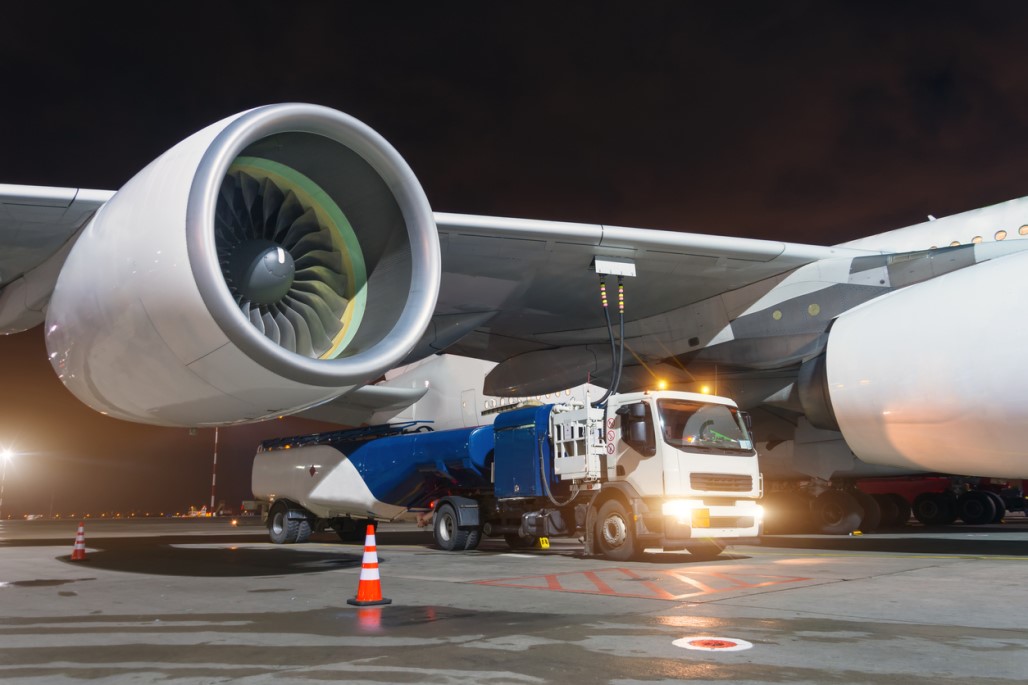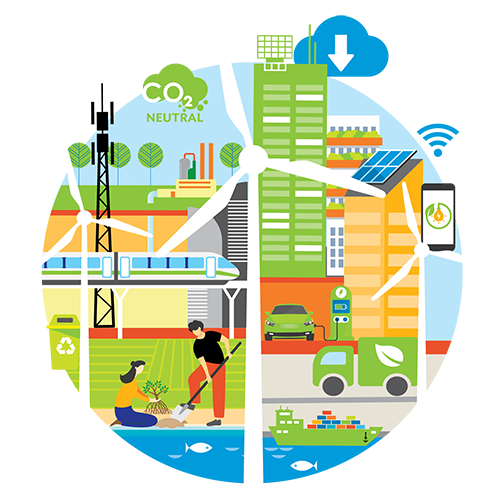
Rich in biofuel feedstocks, Southeast Asia has started producing sustainable aviation fuel (SAF), which is currently in short supply in the world market.
Finnish refiner Neste, a leading producer of renewable fuels, expanded its refinery in Singapore this year. The facility is said to have the world’s largest capacity to produce SAF—up to one million tons.
National oil companies in the region are also developing their capacity to produce and distribute SAF.
Indonesia’s Pertamina is developing its own SAF formula called Bioavtur, using refined bleached deodorized palm kernel oil. The country is a major palm oil producer. In October, flag carrier Garuda Indonesia launched its first commercial flight using Bioavtur from Soekarno-Hatta Airport to Adi Soemarmo Airport. Pertamina plans to market and distribute its SAF through PT Pertamina Patra Niaga.
In the same month, Malaysia’s Petronas and Idemitsu Kosan Co., Ltd. (Idemitsu), a Japanese petroleum company, agreed to work together in ensuring a steady and efficient supply chain for the sustainable development of SAF. This includes exploring the supply potential of non-edible oil feedstock trees suitable to produce SAF, such as Pongamia and Jatropha. They will set up a SAF sales and distribution network to ensure airlines have access to SAF supply.
Petronas is also studying the use of crude algae oil and palm waste for SAF. It expects to have the capacity for large-scale production of SAF and other types of biofuels by 2026 through its biorefinery in Pengerang, Johor and co-processing in Melaka.
Only viable substitute
Scaling up SAF production and supply is critical to the decarbonization of the global air transport sector, which committed in 2021 to achieve net-zero carbon emissions by 2050. Aviation is said to be one of the hardest to abate. The sector sees SAF as the only viable substitute for traditional aircraft kerosene, which is the most common type of fuel used in airplanes.
The International Air Transport Association (IATA) says using SAF reduces carbon emissions of commercial aviation by up to 80%.
IATA estimates that SAF must make up 62% of carbon abatement for the industry to reach its net-zero target. “In 2022, SAF production reached 300 million liters, a 200% year-on-year increase. However, this constituted only 0.1% of aviation’s total kerosene consumption for the same year,” said IATA Senior Vice-President for Sustainability and Chief Economist Marie Owens Thomsen in an article.
“The SAF market is in its infancy, and energy producers are slow to seize what should be a golden opportunity, especially considering that the price of SAF is 2 to 4 times higher than that of kerosene,” she added.
Rising demand
As of 2022, more than 30 airlines have announced that they will shift to SAF.
In November this year, the Association of Asia Pacific Airlines (AAPA) pledged to attain a SAF utilization target of 5% by 2030. The region’s airlines represent over one-third of global passenger and air cargo traffic. In September, the number of international air passengers in Asia–Pacific reached 79% of 2019 levels, lower than the other regions that opened borders earlier. However, demand is robust with revenue passenger kilometers growing by 171% in the first 9 months of 2023, compared to the same period in 2022.
“SAF is both essential and desirable for the aviation industry,” said AAPA Director-General Subhas Menon. “In addition, SAF production represents a new growth and income opportunity for States as well as for waste, agriculture, and fuel industries, globally. Government policy to encourage the production and take-up of SAF everywhere in the world is needed to transition to an environmentally sustainable international aviation industry.”
An Asian Development Bank study said policies that Southeast Asian countries should consider include “price floor support for the early stages of SAF production and a regional mandate requiring a minimum amount of SAF with a gradual increase to ensure long-term sustainability targets are met.”
Raw materials
SAF may be produced from feedstock, including waste oil and fats, green and municipal waste and non-food crops. It must be certified before it can be blended into conventional jet fuel.
According to a study by Australia’s Commonwealth Scientific and Industrial Research Organisation (CSIRO) and Boeing, the Asia–Pacific region has a large number of potential feedstock suppliers. These include the People’s Republic of China, Malaysia, and Thailand.
Citing nonprofit Air Transport Action Group, a report from Nikkei Asia said “Asia–Pacific has the highest availability of SAF feedstock in the world, with a relatively high percentage of industrial waste gases.”
This article was first published by BIMP-EAGA on 1 December 2023.

